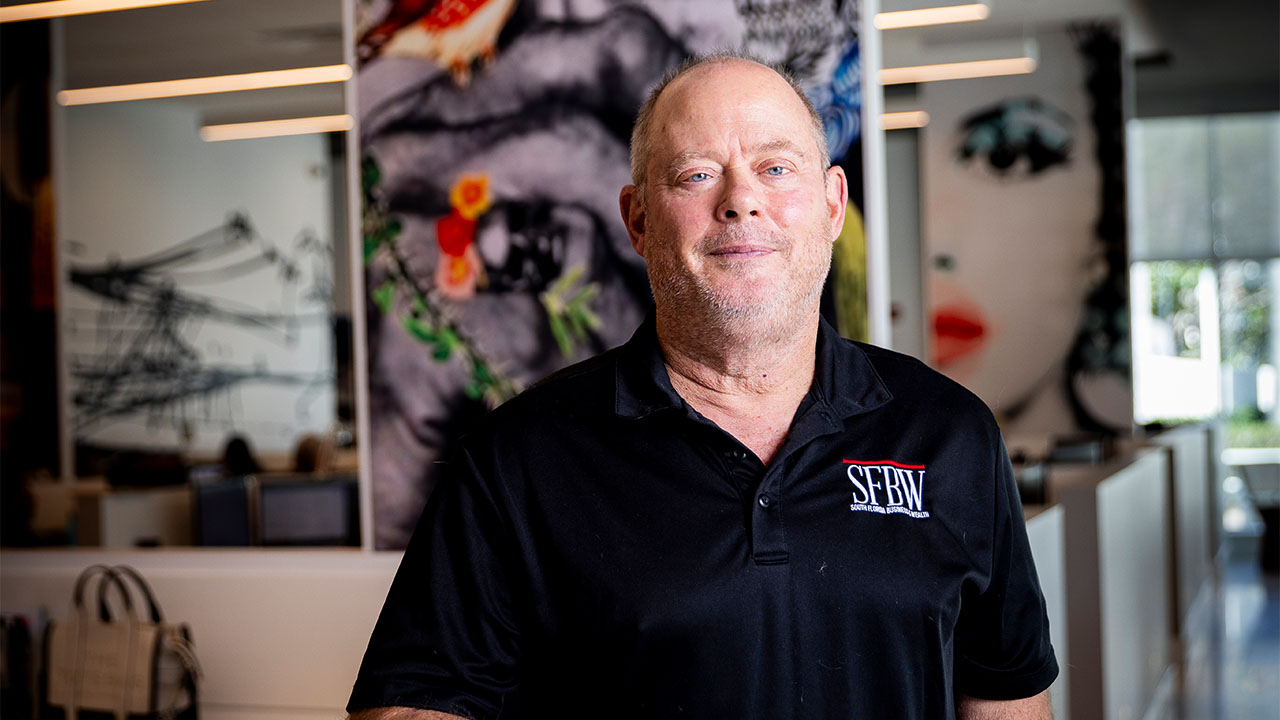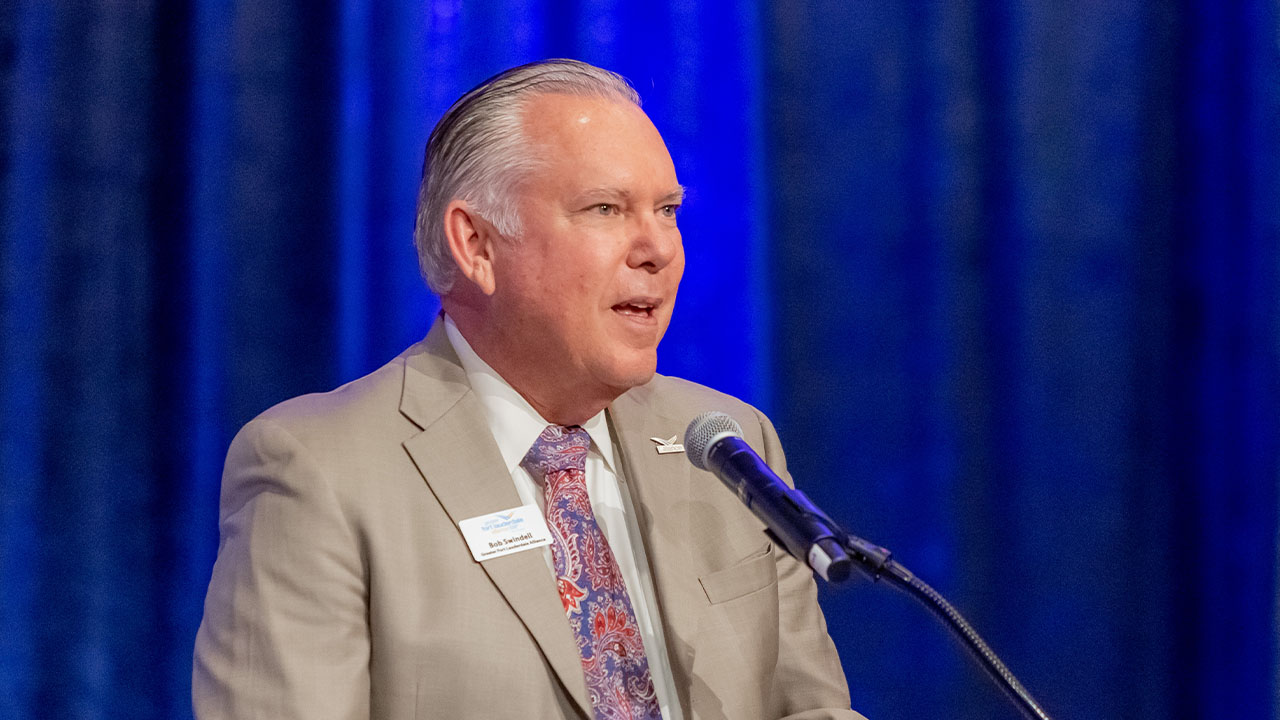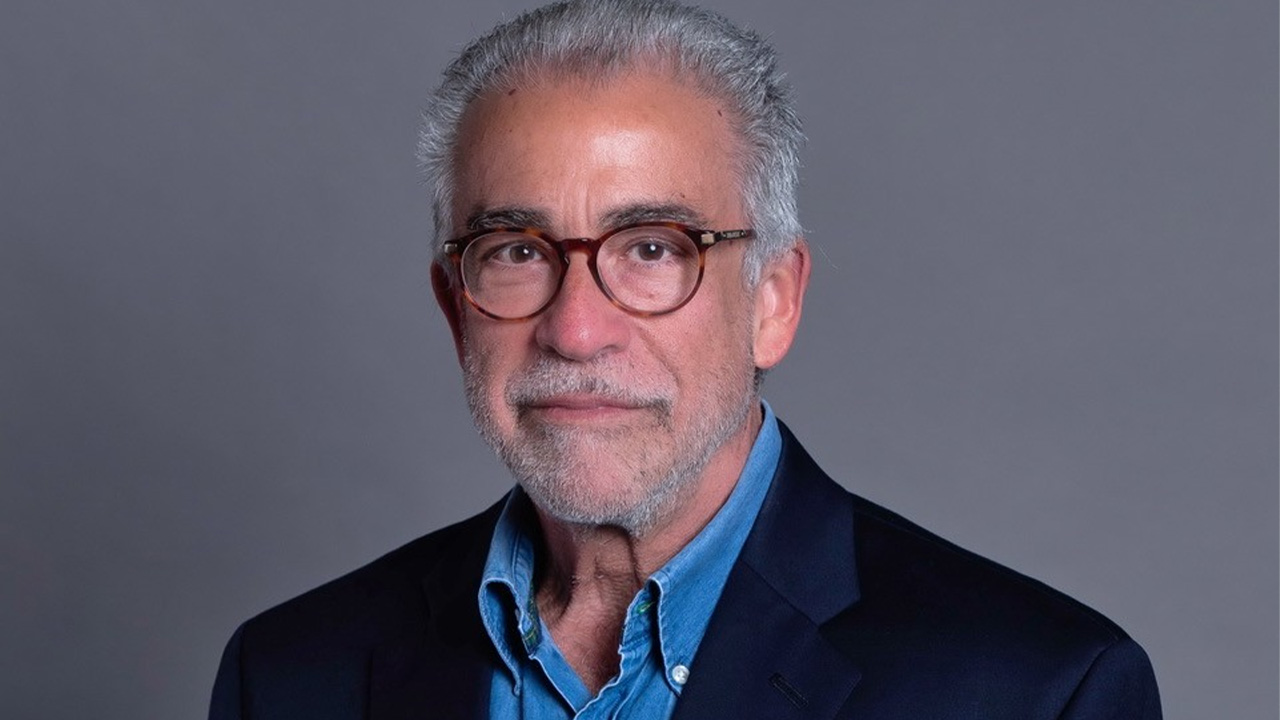Dear Mr. Berko: The economy still looks terrible, and unemployment is higher than the government says. My husband has had three jobs since 2009. My son lost his Microsoft job, and my daughter was laid off and — with her family — is moving in with us. Our rent went up $60 a month, and our family is hurting and broken. Many friends of ours are also heavily in debt and are having trouble paying bills. Where did all the money go that Washington spent to fix the economy? Harry Truman said, “The buck stops here.” Is this President Obama’s fault? When will this get better for us? — TP, Moline, Ill.
Dear TP: Some things that get broken can’t be fixed.
The U.S. economy is moving arthritically forward on borrowed money. That’s frightening! The major reason for its snail-like recovery is the consumer, who accounts for 70 percent of gross domestic product and is flat-A broke. The Federal Reserve’s $3 trillion of quantitative easing and the hundreds of billions of Troubled Asset Relief Program dollars never touched the hand of the working man. Rather, it was all a boondoggle for the “top 1 percent,” whose net worths increased by deficits Congress created in printing that new money.
Prior to the Great Recession, the typical middle-class American family earned $52,500 a year before taxes; today that amount is about $50,000. But during the past seven years, the economy has inched forward as consumers have borrowed money for cars, homes, vacations, toys, etc. That’s scary! Credit card debt has increased 47 percent since the Great Recession, with households taking on $57 billion in new card debt in 2015. It’s easy. Banks offer 30-year home mortgages with 3 percent down and finance new cars for 96 months. By the end of 2015, Americans’ credit card debt totaled $3.3 trillion. And CardHub predicts that 2016 credit card debt will increase by $62 billion. CNN tells us that Americans’ total credit card debt in 2011 was only $769 billion, so there was certainly an outlandish increase in four years. And according to the Federal Reserve Bank of New York, the average 65-year-old baby boomer has nearly 50 percent more mortgage debt and 30 percent more auto debt than 65-year-olds had in 2005. Record high consumer debt — along with a level of student loan debt that was unheard of a decade ago — is destroying the balance sheet of America’s future.
The Fed made a huge mistake with quantitative easing, and Congress made a big boo-boo in handling TARP funds. Those trillions should have been used for shovel-ready jobs, to pay welders, steelworkers, crane operators, truckers and laborers to repair airports, seaports, bridges, roads, dams and other parts of our infrastructure. The wages from their labors around the nation would have created a geometric demand for new goods and services. Instead, those trillions were given to and invested in the stock market by the 1 percent. Resultantly, between 2008 and 2015, the Dow Jones industrial average doubled, from 9,000 to 18,000. The 1 percent splurged on expensive toys, such as $140 million yachts, $85 million homes, $60 million private jets and $150 million Warhols, all glorified in living color by the print and broadcast media. Still, the economy is in a mire because there’s little money remaining for the common man to spend on goods and services. Record numbers of people have stopped looking for work, and wages are lower than they were a decade ago. Corporate profits are also showing signs of stress. And corporations such as American Express, Macy’s, IBM, Hewlett-Packard, Sears, Microsoft, Bank of America and Citigroup are laying off employees by the tens of thousands. Some say there’s more to come.
It’s not Barack Obama’s fault. It’s a dysfunctional Congress that’s too interested in self-enrichment. It’s a greedy Congress that’s more interested in special interest groups than it is in citizens’ welfare. It’s a shameless Congress acting like the old Soviet Politburo, the Ukrainian parliament and Brazil’s Chamber of Deputies. It’s also a Congress whose members, during their formative years, were taught by their mommies and daddies to fervently believe in Santa Claus. Upon discovering the truth, most were traumatized and became emotionally unstable. Sadly, few members received counseling.
Please address your financial questions to Malcolm Berko, P.O. Box 8303, Largo, FL 33775, or email him at mjberko@yahoo.com. To find out more about Malcolm Berko and read features by other Creators Syndicate writers and cartoonists, visit the Creators Syndicate website at www.creators.com.
COPYRIGHT 2016 CREATORS.COM















